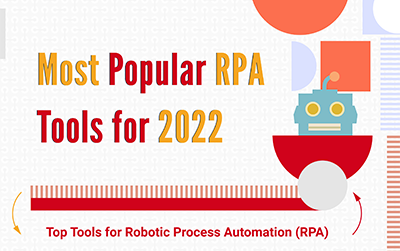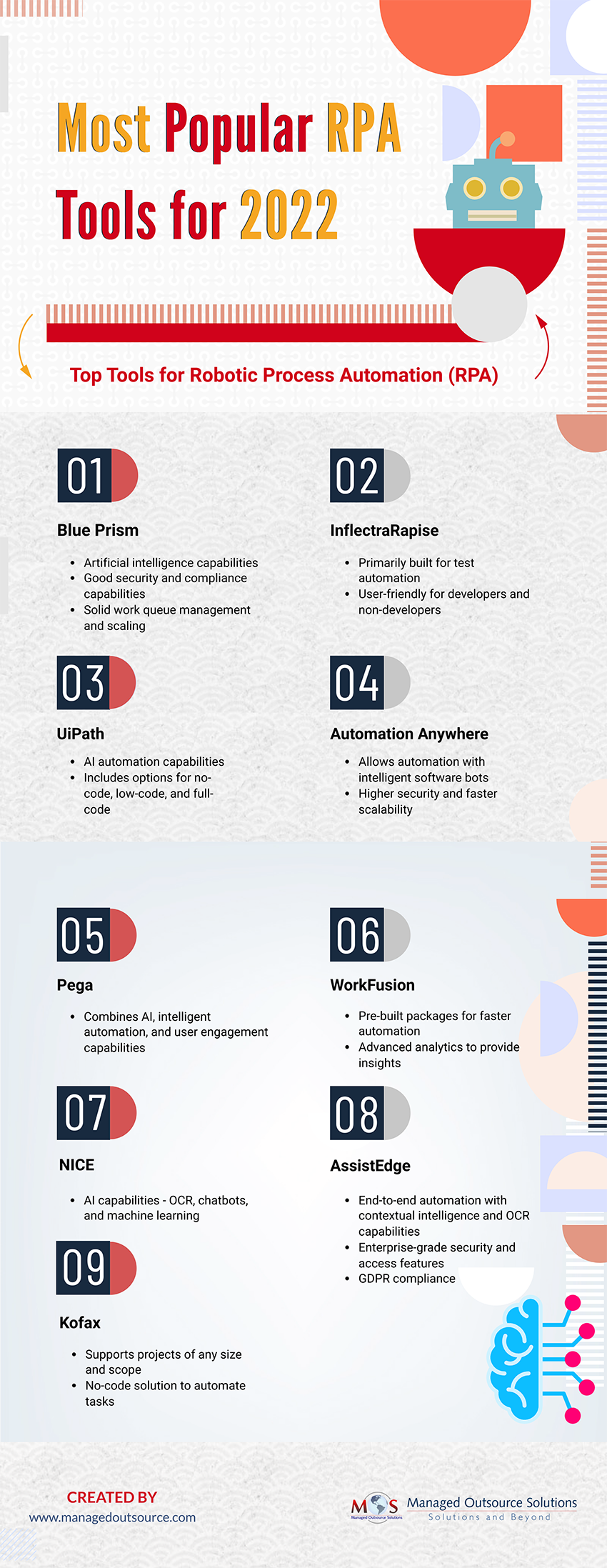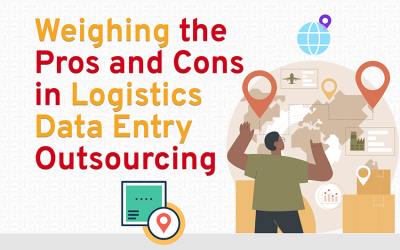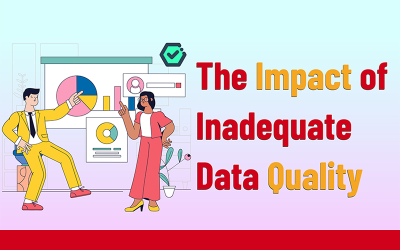Businesses in diverse sectors are using robotic process automation (RPA) tools to automate various business processes and allow employees to focus on higher value tasks. RPA software combines artificial intelligence (AI) and machine learning (ML) to learn and improve manual processes thereby reducing the workload of human employees. RPA implementation has proved beneficial for many industries such as healthcare, financial services, pharmaceuticals, manufacturing, legal, insurance, and others in meeting their routine processing tasks and other back-office functions easily. These tools can not only simplify your work, but also save a considerable amount of time and resources.
RPA helps automate a variety of routine, repetitive business tasks such as data entry, data extraction, report generation and so on. While Business Process Automation (BPA) seeks to improve a business process, RPA replaces manual and repetitive administrative tasks by an automated system that learns from human actions and then performs the tasks on its own.
Some of the key benefits of RPA are – faster digital transformation, minor errors, and improved productivity. When compared to traditional technological solutions, RPA is easier to implement, maintain and update, while achieving the expected level of accuracy and efficiency. RPA implementation offers a new way of providing consistent and highly productive outcomes via technology. Businesses can use this technology to delegate business processes to software agents or automated computer programs.
Check out the infographic below
Automating the workforce using RPA, can help organizations gain an edge over their competition by improving productivity, reducing errors, driving down costs and improving efficiency. Organizations can reach out to reputable business process outsourcing companies to handle routine back office functions, thereby reducing costs and enabling more focus on core competencies.
Read our blog





